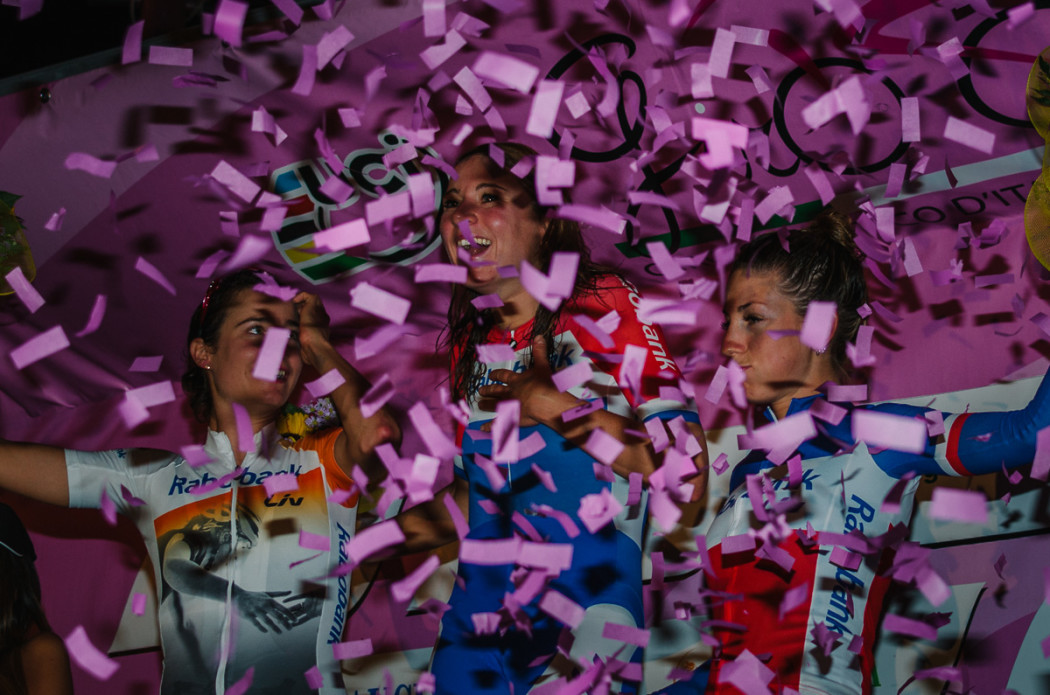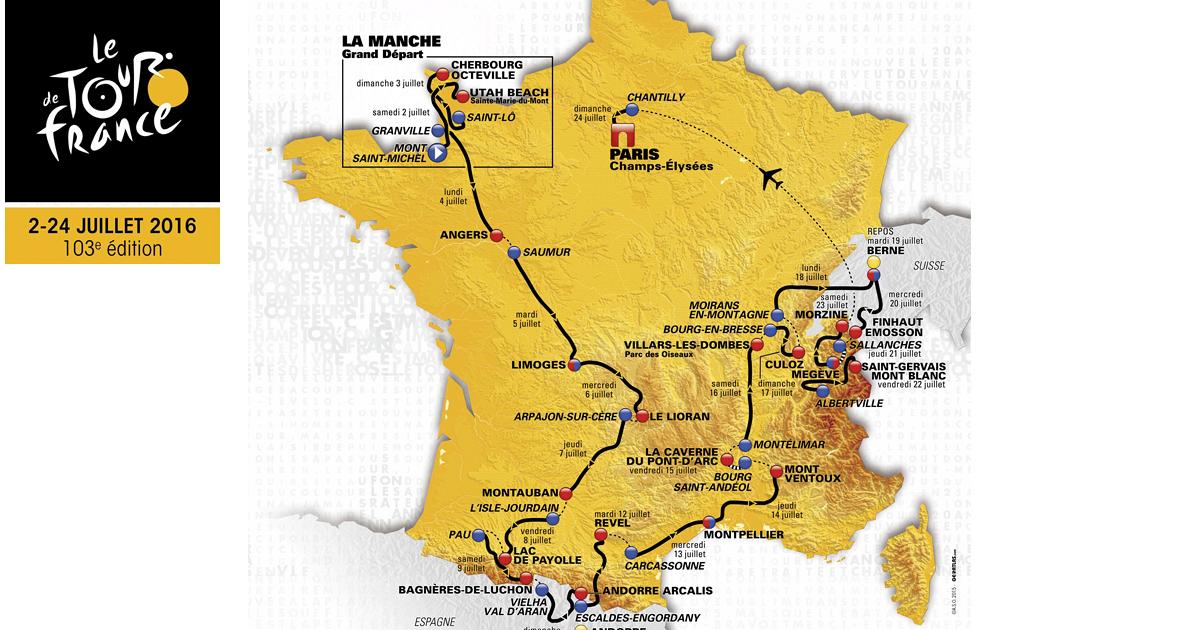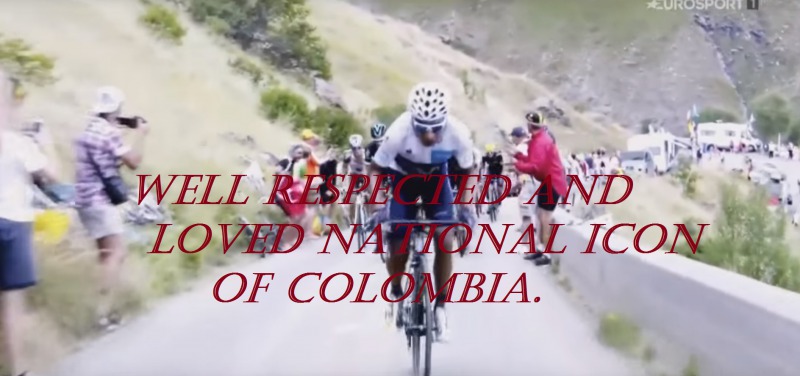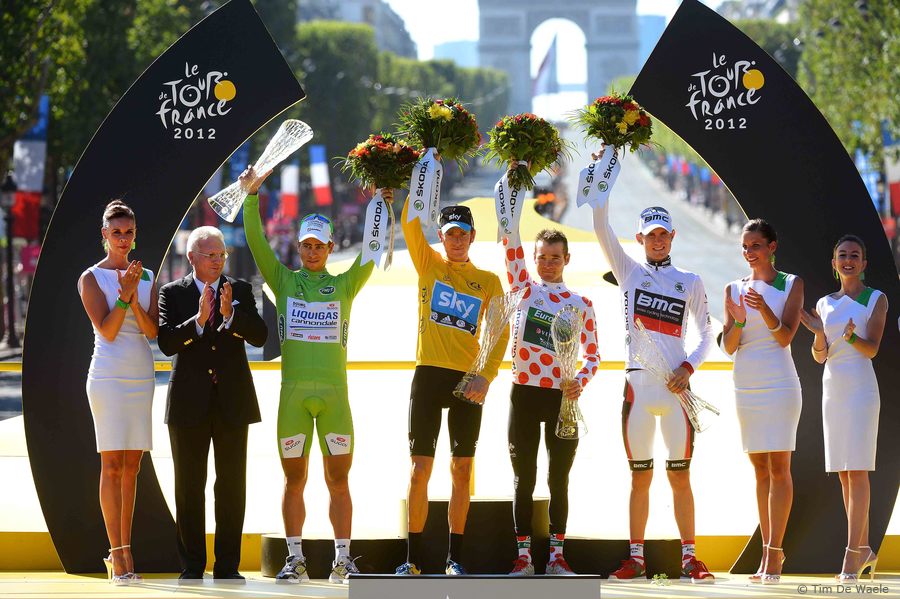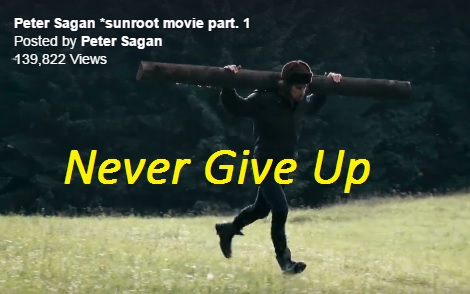
Definitely a Rocky influence in this video but still a great take away of never give up. Peter Sagan’s hard work paid off with wearing the Yellow Jersey for the past 3 days in the Tour de France. He wanted to win big races since he was a kid and he wrote the script to his own movie, his life. Whatever it is that you want to do, be it on the bike or life in general, do it and do it they way you want to. An additional take away form this video is that with cycling you don’t have to just ride but can do other things to stay fit and get strong.
Peter Sagan *sunroot movie part. 1Život je ako film… Niekedy ťažký, inokedy sladký 😉
Life is like a movie…sometimes sweet, sometimes hard. Remember that you´re the main character in your life and you´re filming your story right now. Never give up and cheer up your life with *sunroot.
Posted by Peter Sagan on Wednesday, July 6, 2016

